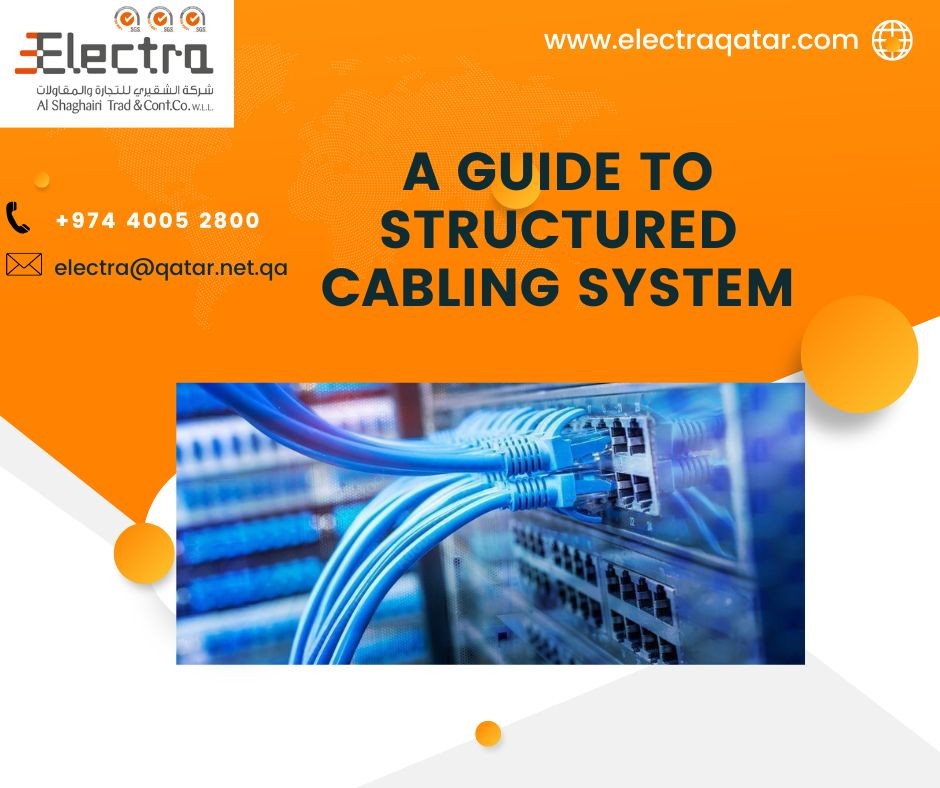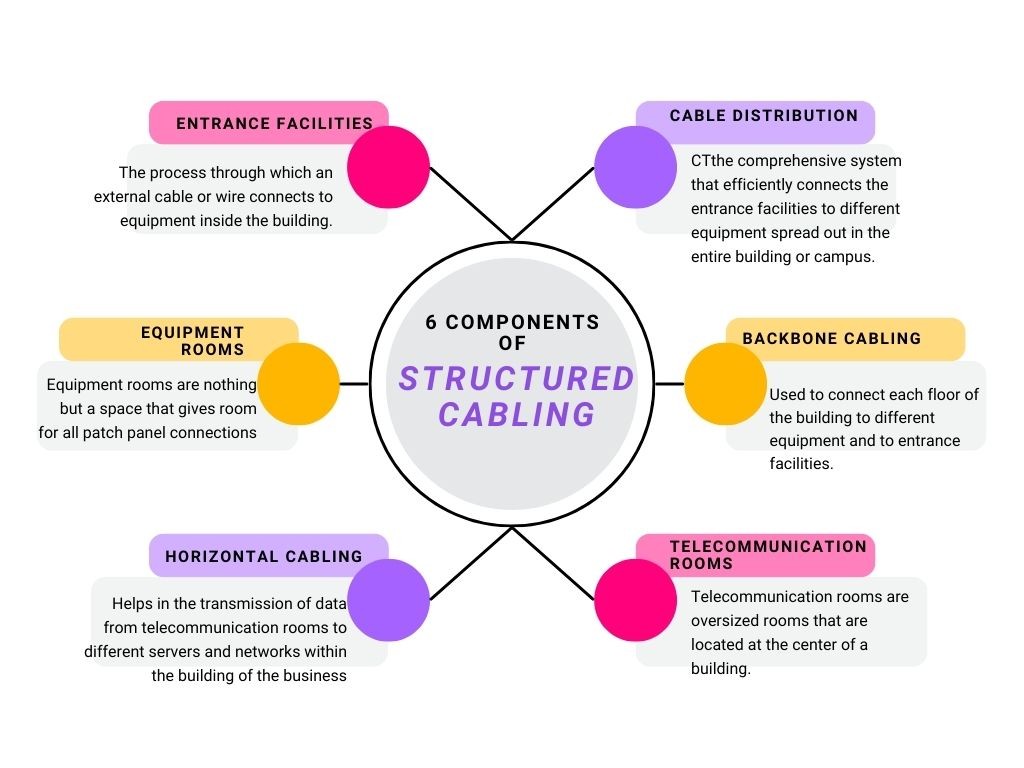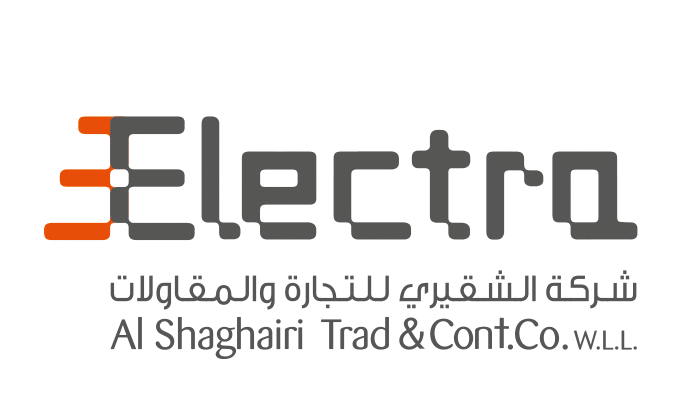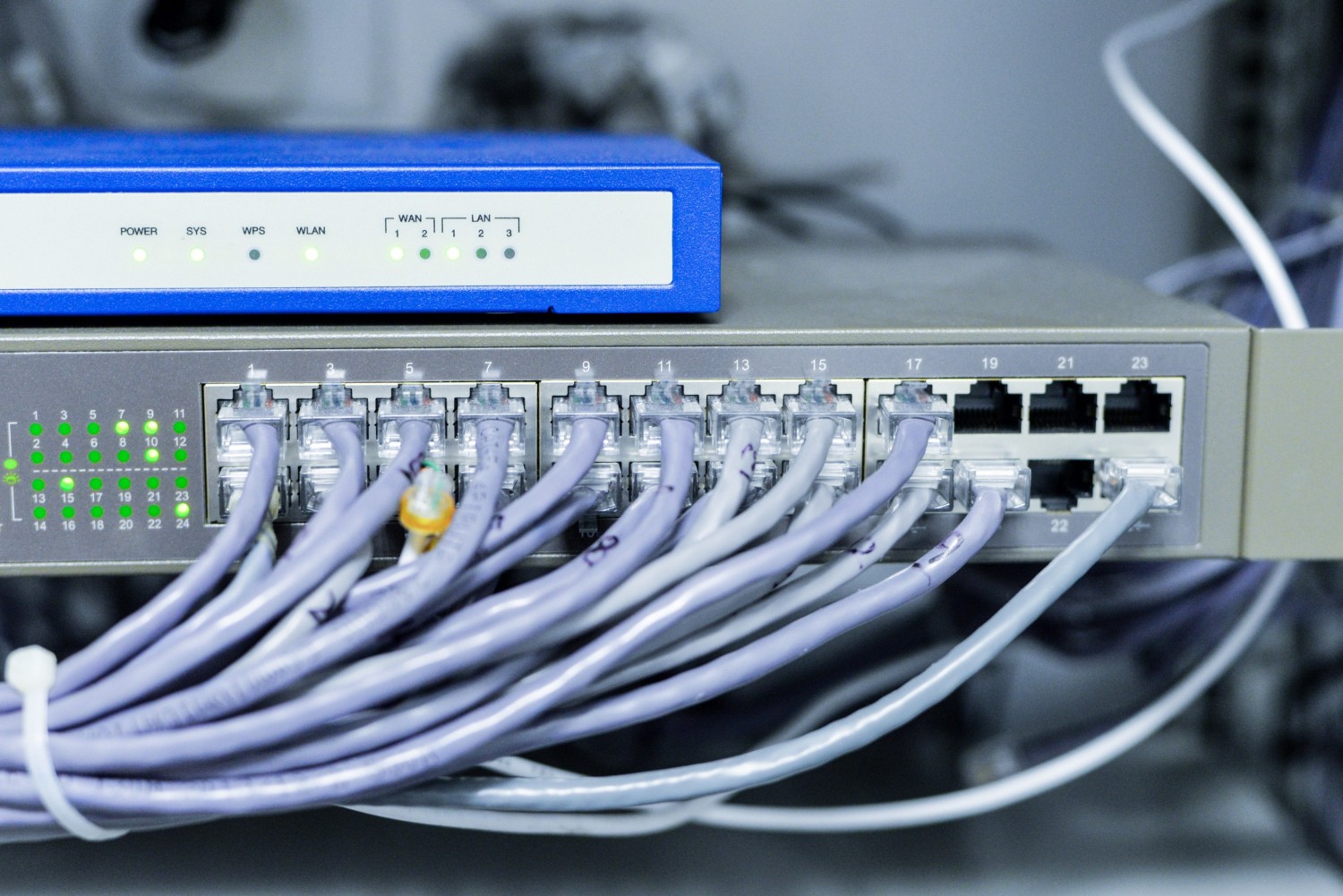Structured cabling is the best way to ensure that your infrastructure is on point. It is best needed to enhance productivity and ensure the credible growth of the business. Reliable network and wiring ensure that the business always runs smoothly and without interruption. In this article, we are looking at what is meant by "structured cabling" and all the relevant terms associated with it.
What is a Structured Cabling System?
Structured cabling is a comprehensive wiring system that helps connect all the relevant hardware that ensures the seamless operation of telecommunications infrastructure. The main job done by such an efficient wiring system is to promote telephone service and the transmission of data via computer networks. Structured cabling is used in small areas, like a building, or can be used over the span of a network of buildings or an entire campus.

Structured cabling is mostly available in the form of optical cabling and twisted pair cabling, but it is also available in the form of patch cables and patch panels. The functioning of a structured cable initiates at the point where the service of the SP terminates.
When You Should Use Structured Cabling?
As the amount of data transferred has increased in recent years, the cabling system has been put under intense strain to initiate and maintain efficient data transmission.
This escalated the need for better network infrastructure, as only an upgraded version of the existing network system will be able to meet spontaneous requirements and reduce the downtime faced by the business. Structured cabling is a much more thoughtful wiring method that connects every piece of hardware involved in the cycle. Structured cabling does not rely on devices. Therefore, by using a structured cabling system, one reduces the amount of ambiguity in finding which cable is which, as all the cables are defined in one stretch to cater to the needs of the entire business.
You may also read: How to Prevent Tripping Over Cables
Six Components of Structured Cabling
As discussed earlier, structured cabling is a framework of network cables that enhances the seamless flow of data and the uninterrupted functioning of the telecommunications network in a business environment. There are six structured cabling subsystems that are the backbone of structured cabling and ensure the smooth flow of data. Let us look into the different types of subsystems:

1. Entrance Facilities
Entrance facilities are the process through which an external cable or wire connects to equipment inside the building. This component connects an internal network like Ethernet to external networks like fiber, copper, or coax. When properly connected, these systems contribute to the proper operation of electronic equipment.
2. Cable Distribution
Cable distribution is the comprehensive system that efficiently connects the entrance facilities to different equipment spread out in the entire building or campus. It connects external cabling outlets to internal cabling in predetermined locations. Cable distribution can be a primary focus for certain kinds of telecommunications equipment.
3. Equipment Rooms
Equipment rooms are nothing but a space that gives room for all patch panel connections to all six subsystems and houses network switches, servers, and other devices. The area has to meet specific temperature requirement guidelines.
4. Backbone Cabling
Backbone cabling is used to connect each floor of the building to different equipment and to entrance facilities. The common kinds of cabling used are Cat 6, Cat 6a, Cat 7, Cat 5a, Cat 5e, single-mode fiber, and multi-mode fiber.
5. Horizontal cabling
Horizontal cabling helps in the transmission of data from telecommunication rooms to different servers and networks within the building of the business.
6. Telecommunication rooms
Telecommunication rooms are oversized rooms that are located at the center of a building. They house several horizontal cables that connect server rooms in different departments and floors. It accommodates all important equipment that has to be protected and shielded in case of a fire.
What are the Benefits of Structured Cabling?
Having an efficient and reliable network system is the first step towards well-maintained and cost-effective organization. Let us look into the various benefits that are offered by a structured cabling system:
1. Simplicity
The implementation of a structured cabling system does indeed simplify an organization's work processes. A structured cabling system helps incorporate various cabling systems in one location. Thus, it is easy to identify and rectify problems if they arise. This included a proper connection between different IT equipment and devices and the laptops, mobile phones, and other devices of the organization at one time.
2. Additional applications and equipments can be easily introduced
The scalability provided by a structured cabling system is a very commendable feature. In the new era of growth and development, structured cabling systems make it easier to adapt to different introductions into the business ecosystem, like video conferencing, video and audio upgrades, a VoIP system, etc. All these implementations can be done spontaneously and without the fear of causing downtime. The additional devices and equipment can be adapted to the company’s structure at a very affordable cost.
3. Less Downtime
Disorganized cabling systems were a troublemaker, and it took a lot of the working time of the company to just detect the problem that was being faced. They were also a lot more prone to such errors and negligence. When structured cabling is introduced into the infrastructure, systems become more reliable and effective. And the single network makes it easier to detect irregularities and much easier to resolve them.
4. Adaptable and Flexible
The volume of connectivity through online resources has been on the rise ever since the pandemic. A structured cabling system makes the entire process functional and flexible. It is now easier to add in that extra volume of processing without fear of breaking down the system and causing downtime. A structured cabling system comes with high bandwidth and the utmost precision in adaptability. It brings cost-effectiveness to the functioning of the business and restricts the need to revamp the network when there is an increase in the volume of work.
5. Safety
It is quite common to see how there has been a sufficient data theft threat when implementing new age technologies. It is never going to be a cause for concern when you adapt your system to structured cabling. Only authorized users have access to structured cabling systems, ensuring their safety. There are many issues faced internationally by business organizations that pertain to cyber security; these are safeguarded effectively through the introduction of structured cabling systems.
6. Organized work system
One of the most overlooked benefits of a structured cabling system is the amount of streamlining that it brings to each of the work processes in the organization. The employees are no longer confused by the tangled mess of different cables and wires in front of them. In a structured cabling system, all the wires and cables are hidden behind walls, under the flooring, above the walls, etc.; this keeps the system organized and also helps avoid unnecessary clutter.
Read More: How to Select the Right Network Cable for your Business?
Structured cabling systems are definitely a mindful adaptation for the better working of the business. They are cost-effective and help with the scalability of businesses without interrupting their usual operations.
Electra has been delivering adaptable and flexible structured cabling solutions to all the premium industrial sectors in Qatar. We have been providing their products and technological solutions for over 15 years. Our product list for structured cabling systems includes copper system design and installation services, fiber cabling systems, telephone systems, special cable installation services, and WiFi system design services. Choosing Electra for your structured cabling needs as it ensures robust, scalable, and economical solutions.






